15 Onion Hacks Every Home Cook Should Know
Onions show up in nearly every type of cooking, from quick weeknight meals to slow-simmered stews. They’re inexpensive, easy to find, and used around the world, but they can also be frustrating to work with because of the tears, the skins, and the prep time. A few smart techniques can make them much easier to handle.
Freeze Before Chopping
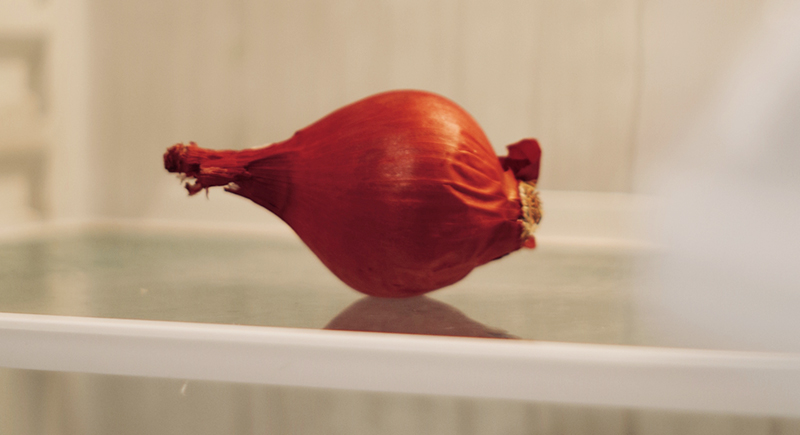
Credit: iStockphoto
Slip whole onions, skin and all, into the freezer for about 20 minutes before cutting. The cold slows the release of syn-Propanethial-S-oxide, the sulfur-based irritant that triggers tears. Food scientists note that this gas becomes less volatile at lower temperatures, buying you precious tear-free chopping time. Just work quickly once they’re out because the effect fades as they warm.
Keep Your Knife Razor-Sharp

Credit: Getty Images
A dull knife crushes onion cells instead of slicing cleanly, which releases more eye-irritating compounds. A sharp blade glides through with less damage, less gas, and more even cuts. Professional chefs recommend honing knives regularly and sharpening them every few months.
Store Them In The Right Spot

Credit: Getty Images
Whole onions last much longer in a cool, dry, well-ventilated area, such as a pantry shelf or mesh basket, than in the fridge. Refrigeration encourages moisture buildup, which can cause mold and sprouting. Properly stored onions can last up to six months.
Tame The Bite With A Quick Soak

Credit: Getty Images
Raw onions can be overpowering, especially in salads or salsas. Soaking slices in ice water for 10–15 minutes leaches out some sulfur compounds, softening their bite without losing crunch. This trick is common in Mexican cooking when preparing raw white onions for fresh garnishes.
Cover The Pan To Brown Faster

Credit: Getty Images
When sautéing onions, putting a lid on the pan traps steam and speeds up softening, which cuts browning time nearly in half. It’s a practical move for weeknight cooking, but be sure to stir every few minutes to prevent sticking. The steam helps break down cell walls, so onions hit the sweet caramel notes sooner.
Speed Up Caramelization With Baking Soda
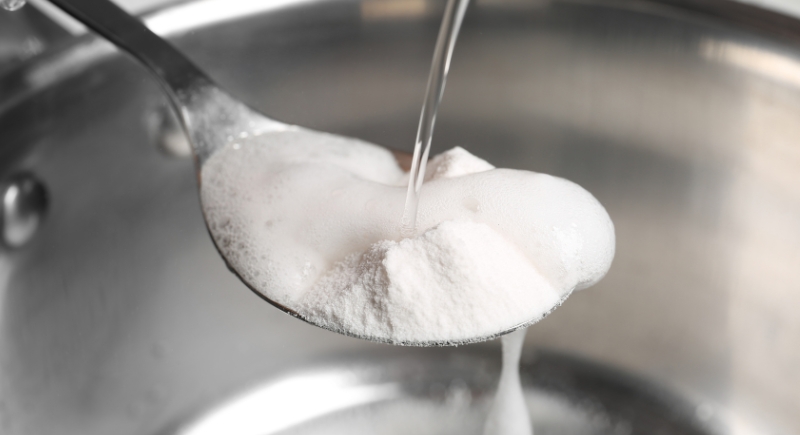
Credit: Africa Images
Caramelizing onions is worth the time, but you can shorten the wait by adding a pinch, about 1/8 teaspoon, of baking soda per pound. This raises the pH, which makes the Maillard reaction happen faster. This can cut cooking time by 10–15 minutes while still delivering deep, sweet flavor.
Great for Easy Mince
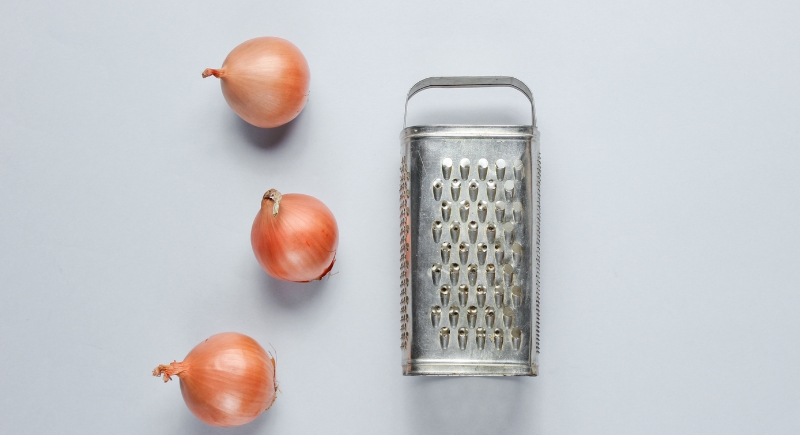
Credit: Canva
If you need tiny onion bits for sauces, dressings, or meatballs, skip the knife and reach for a box grater. Leave the root end on to hold layers together, and grate down to the last nub. The result is a fine, even texture that blends smoothly into recipes, and the grater helps contain some of the sting.
Chill Rings For Perfect Onion Rings
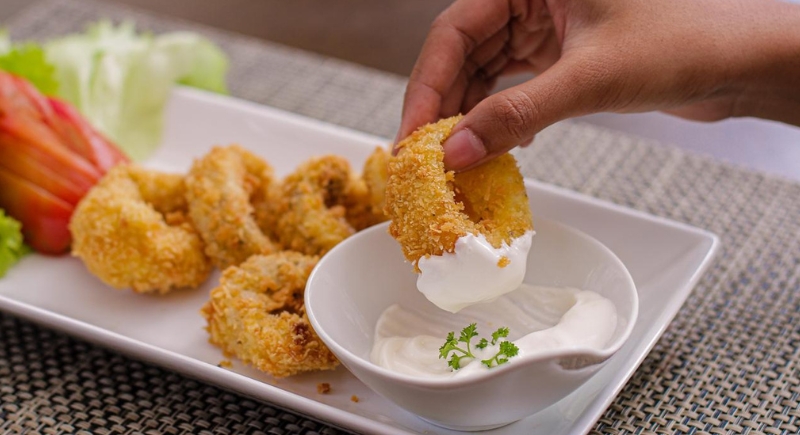
Credit: Canva
Freeze raw onion rings for half an hour before breading. The cold helps release the thin membrane inside each ring, which can then be peeled away. Without that layer, batter holds better through frying, giving you crisp, evenly coated rings like the ones served in many restaurant kitchens.
Save Skins For Stock
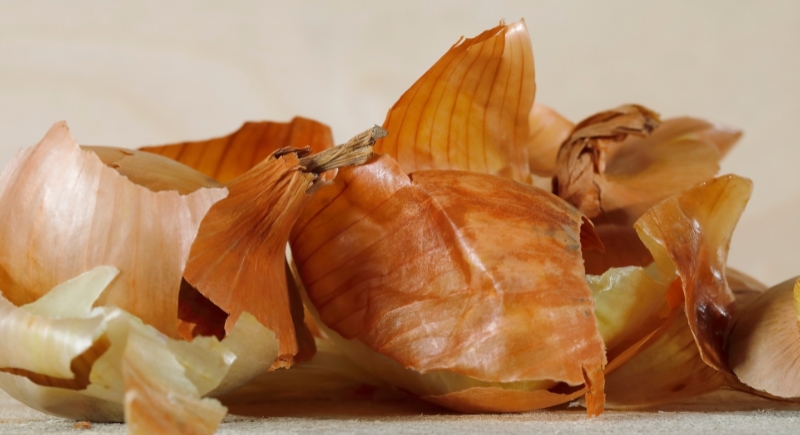
Credit: Getty Images
Onion skins and root ends are loaded with flavor and can add a golden coloring to broth. Collect the scraps in a freezer bag and toss them into a stockpot with other vegetable trimmings. Simmer for an hour or two, strain, and you’ve got a rich base for soups and stews. It’s a zero-waste flavor boost.
Peel Paper-Thin With A Vegetable Peeler

Credit: pixelshot
For very thin o/nion slices, use a vegetable peeler instead of a knife. Hold the onion steady by sticking a fork into the root end, then peel off slices as you would from a carrot. This gives you even, delicate pieces that work well in salads or as sandwich toppings.
Let the Vent Hood Do the Work

Credit: Africa Images
Cutting onions directly under a kitchen vent set to high can keep the air around you clear of irritants. The fan pulls the gas away before it hits your eyes. It’s most effective for quick prep, like slicing one or two onions, but can be a lifesaver if your ventilation is strong enough.
Char Onions Right On The Coals

Credit: Getty Images
Place a whole unpeeled onion on hot coals or campfire embers, turning it until the skin is black all over. Let it cool slightly, then peel away the charred layers to reach the soft inside. For added flavor, wrap it in foil with butter and seasoning before cooking.
Match The Onion To The Job

Credit: Getty Images
Yellow onions work for most cooking. Red onions are best raw in salads and salsas. White onions, with a sharper taste, are common in Mexican and Southwestern dishes. Sweet varieties like Vidalias caramelize well, while scallions add a mild, fresh bite as a garnish. Choosing the right type can improve the final dish.
Keep A Wet Paper Towel Nearby
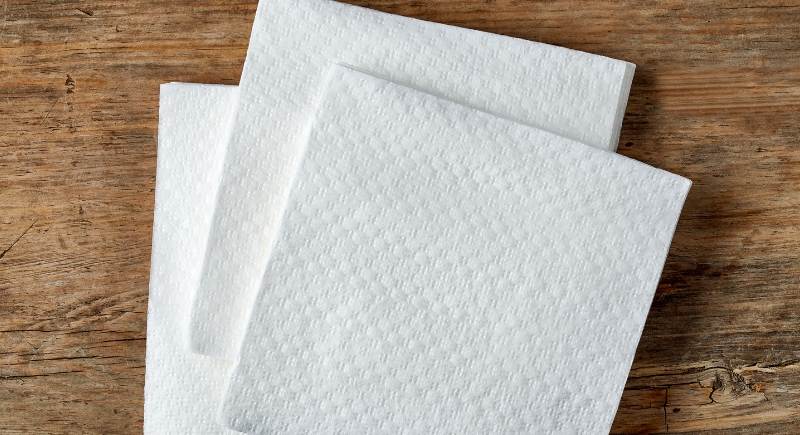
Credit: Getty Images
Placing a damp paper towel right next to the onion while you chop can catch some of the airborne irritants. The water molecules in the towel trap sulfur compounds before they reach your eyes. This works best when the towel is only an inch or so from your cutting area.
Caramelize Without Watching The Stove
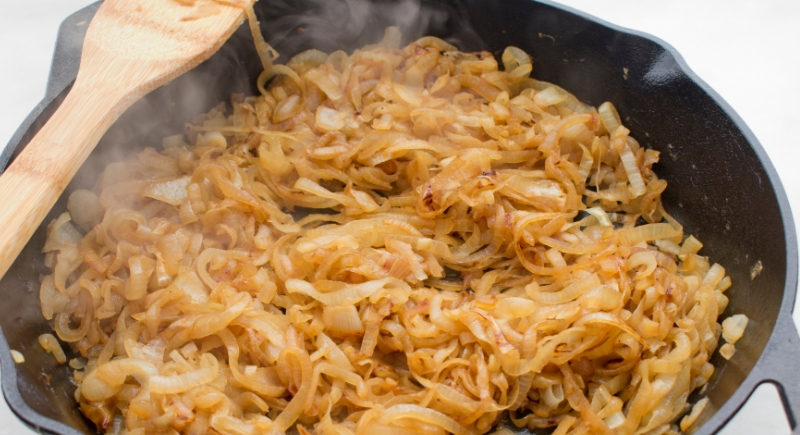
Credit: Getty Images
Put sliced onions and a little butter in a slow cooker on low heat and leave them for 10–12 hours, stirring once or twice if possible. They’ll turn deep golden and sweet, ready to use in soups, dips, or as a topping without constant attention at the stove.